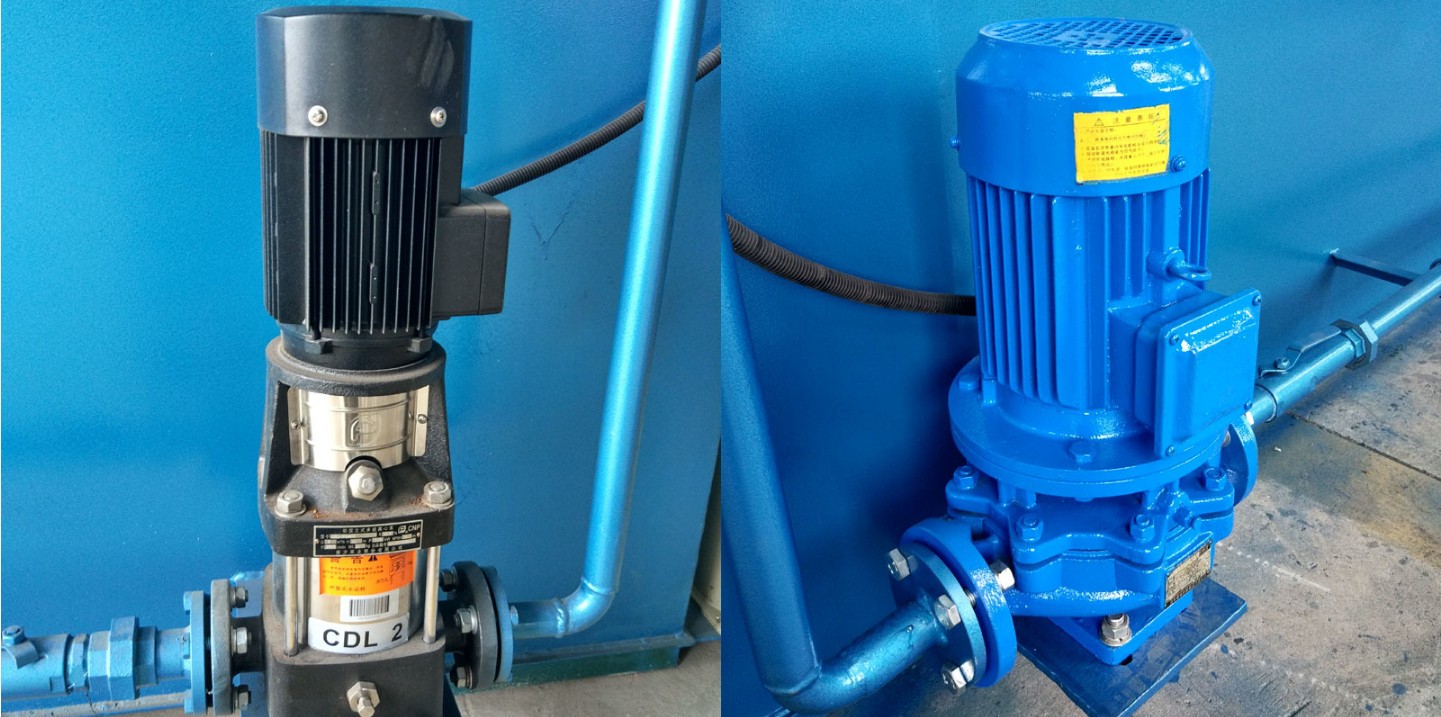Nowadays, there are many methods available to treat wastewater effectively. And DAF wastewater treatment is one of the most frequently methods. If a plant wants to maximize solids recovery and ensure that water is suitable for final reuse, DAF is a great technology to get the job done right.
What Is A DAF System?
DAF system stands for Dissolved Air Flotation System and it is an important part of the whole wastewater treatment system. The system uses rising bubbles to float suspended solids and dispersed liquids. Floating particles are then skimmed off the surface with a rotating chain and a flying system. There are two main types of DAF systems, DAF thickeners and DAF separators. DAF thickeners are commonly used in anaerobic digestion processes to thicken and dehydrate solids. DAF separators are used to remove solids, oil, and grease from wastewater, which is part of the main treatment process for industrial applications. This is what we call the DAF in wastewater treatment.
How Does A DAF System Work?
Let’s see how a DAF system works. The wastewater is pumped into the system and mixed with a stream of "white water". The white water is purified water from DAF cycle in which the dissolved air is supersaturated. When these two streams of water are mixed together, microscopic bubbles will adhere to the solid particles, giving them sufficient buoyancy to enter the surface of the DAF tank.
When solids accumulate in a floating layer of sludge on the top of the DAF tank, the skimmer gently pushes the sludge towards the discharge tank or hopper.
Any solid that can not float will sink into the "V" shaped bottom of the DAF tank. The precipitated solids are concentrated and discharged through an automatically controlled pneumatic drain valve.
The clarified water flows out through an under-over weir on each side of the DAF system. Some of this water is used in the recirculation loop, while the rest flows out of the container for discharge or further processing.
Generally, DAF systems can achieve up to 95% reduction of TSS, BOD, and FOG if the chemical coagulation has been used, and can achieve at least 75% without the chemicals. The DAF wastewater treatment can be used as the first step before biological wastewater treatment because it removes most of the nutrient load, thereby reducing the size of the biological treatment system and providing an even quality of wastewater.

Where Is A DAF System Used?
The DAF system is mostly used in industrial settings. For example, many foods and beverage companies, as well as oil refineries and chemical plants, utilize DAF wastewater treatment and put this system into application. These companies gain a lot from the use of this kind of system, as do the people who eventually use the recycled water they are pumping out.
Different types of DAF systems are applicable to different settings. According to the water tank, here are two main systems. One is the plate pack system. Plate pack systems distinguished by tall cans with corrugated plate packs. Water flows into the system in a cross-flow configuration, thereby greatly reducing the distance travelled by floating solids. This makes it easy to separate solids from wastewater. The other DAF system is open tank system. Open tank systems are best for treating wastewater which has plenty of solid waste mixed in it. These tanks are long and wide, and, in most cases, are rectangular. So they require a large surface area for the flotation and separation process. Depending on the number of solids in the water supply system, its footprint and overall budget, different types of water tanks can be used. It’s about discovering what best suits the requirements.
Why Is DAF System So Important?
The DAF system's capability to optimize solids recovery has dramatically changed our ability to recycle water every day. In fact, many water treatment products can remove 85% to 95% of pollutants from wastewater anywhere, and then disinfect and put them into our local waterways.
DAF has been put into use in more than 50 water treatment plants since 2000, emphasizing the important purpose of these systems serving countless communities. The three chief contaminants they eliminate are suspended soil, grease and biochemical oxygen demand.
The advantages of the DAF system are ones which may be valued for many years to come. The DAF wastewater treatment is a fantastic contribution to the world we reside.
Jinwantong is an industry leader in wastewater treatment equipment and its solutions. Since 2006, we have provided wastewater treatment equipment and solutions to many companies in different industries. Our professionals have rich experience in dealing with all kinds of wastewater treatment problems. And they have unparalleled knowledge and expertise in developing all types of wastewater treatment equipment and solutions, including the DAF wastewater treatment.
With the latest production equipment and testing methods, Jinwantong is committed to excellence in the DAF system and DAF wastewater treatment equipment solutions. To learn more, contact us now and get the best equipment or solution that you deserve.

